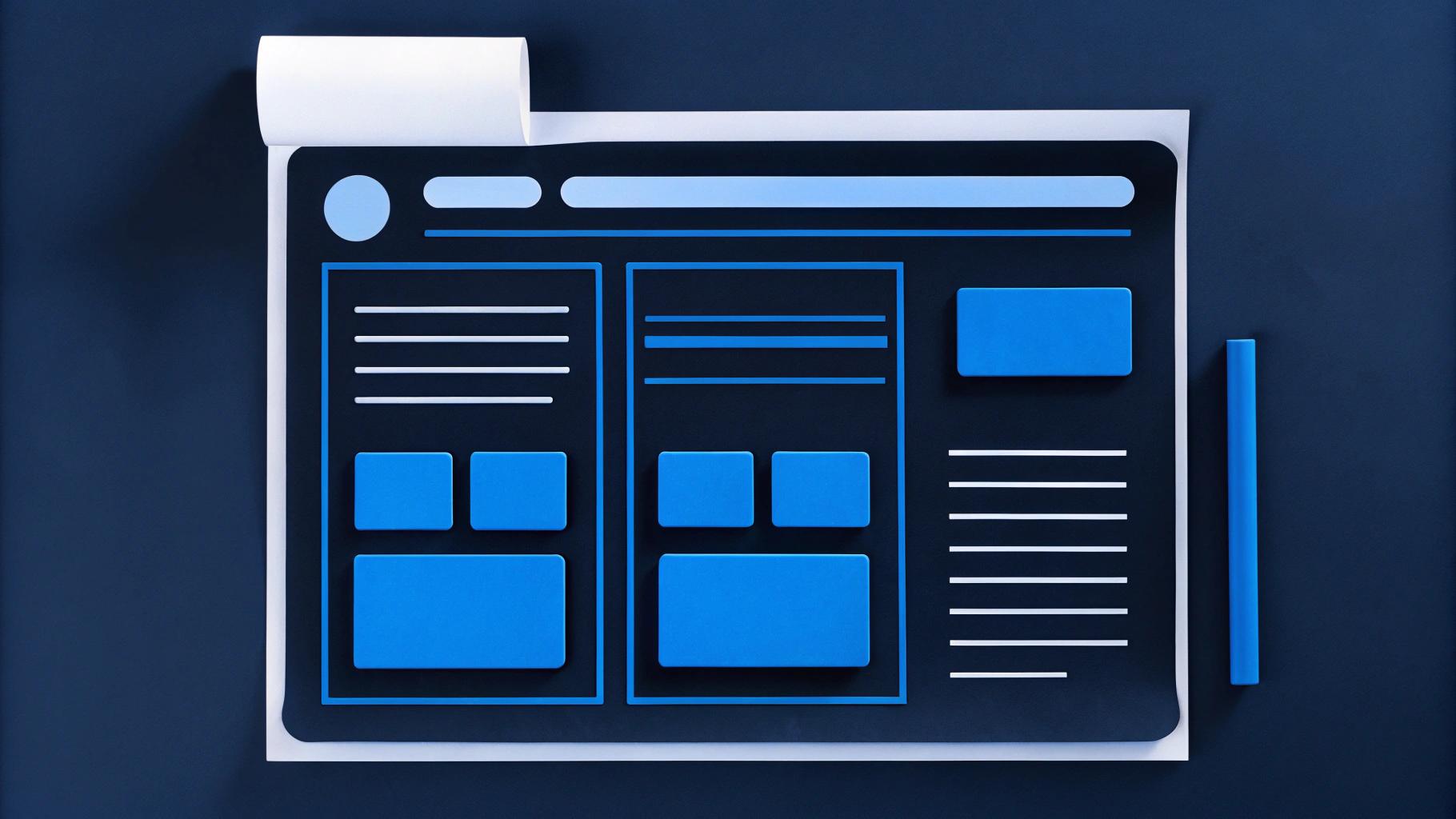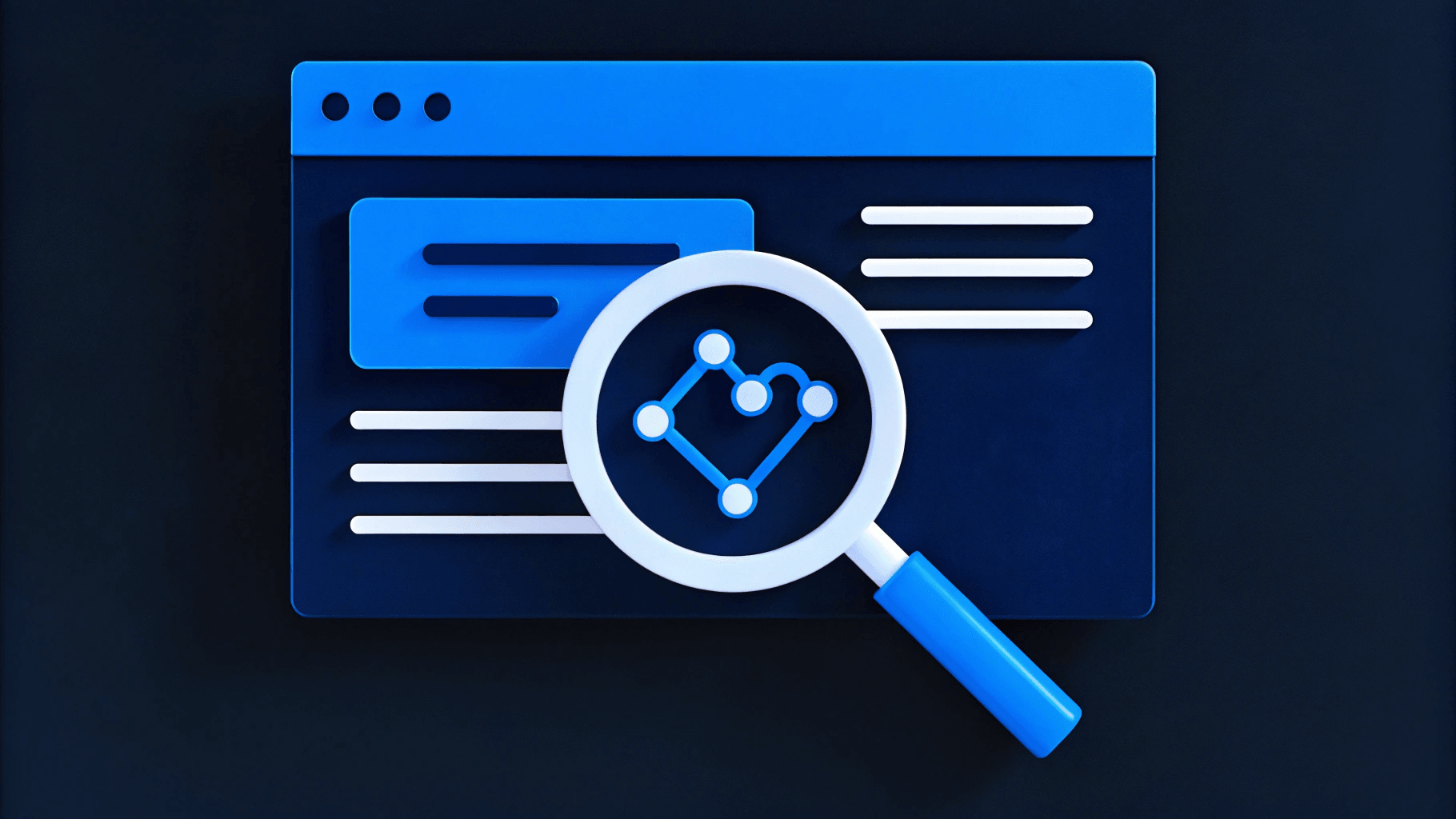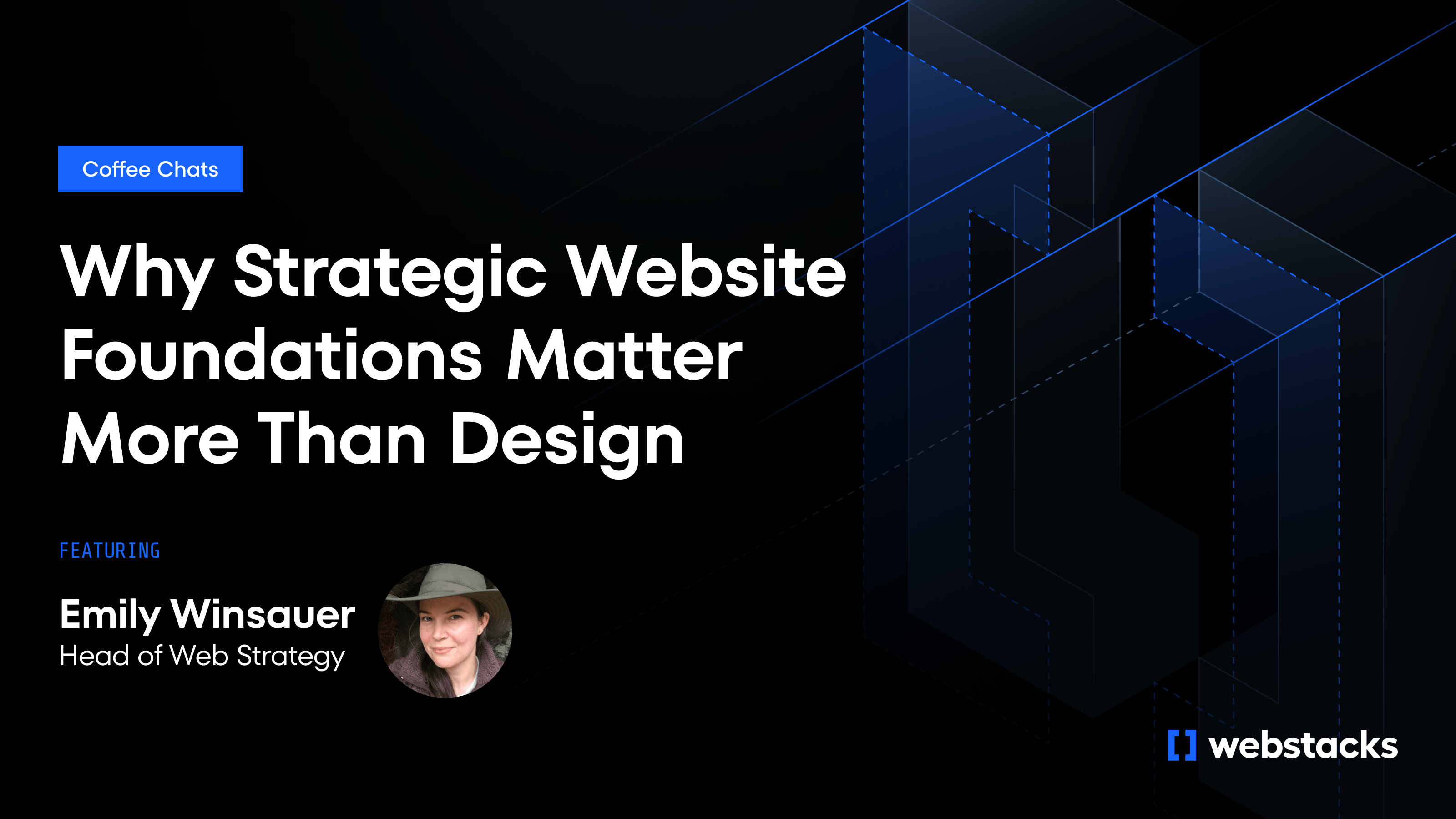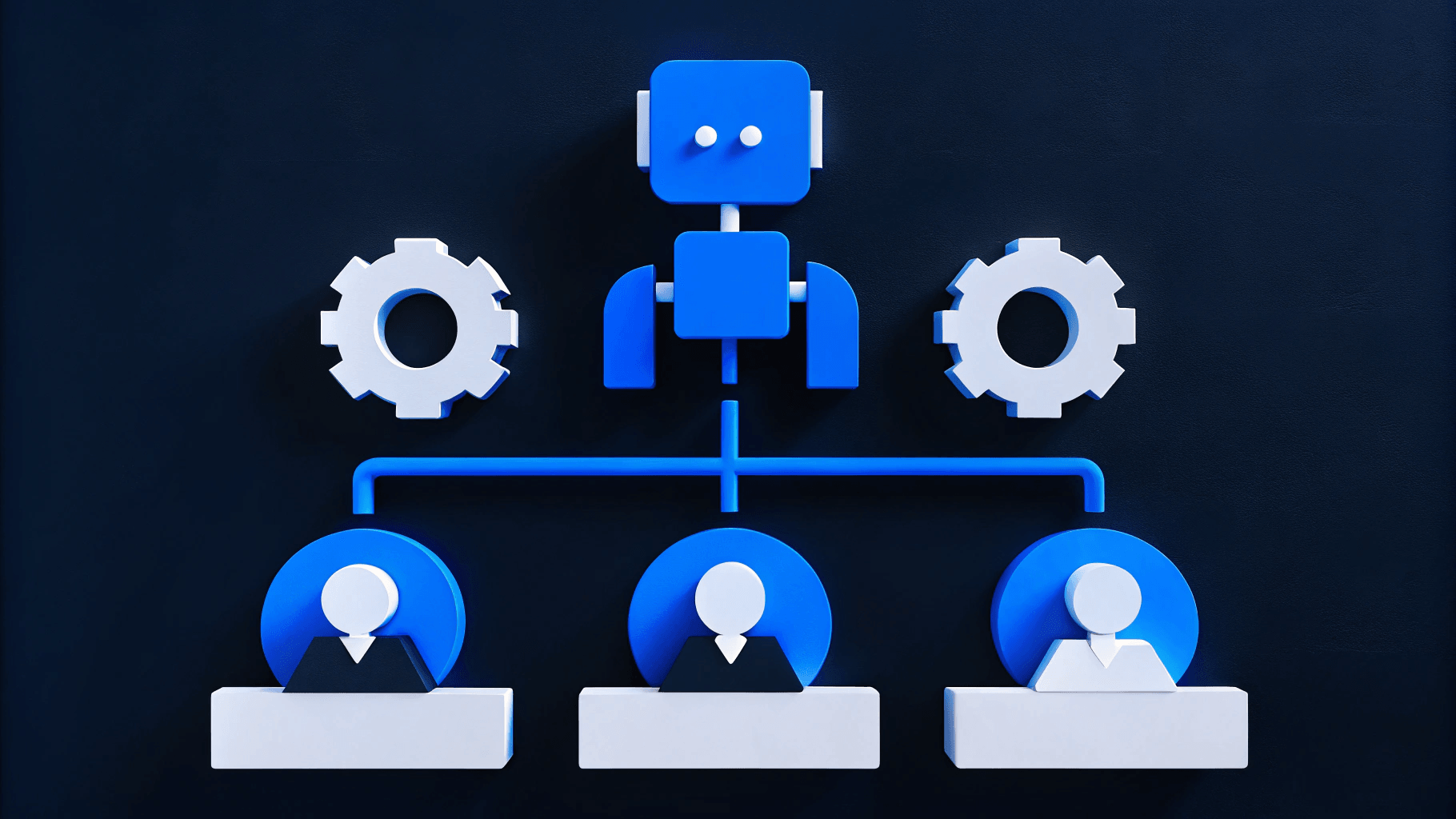Your corporate website design is often the first thing a client, partner, or investor sees. That first impression shapes how they view your brand.
For B2B companies, where sales cycles are long and decisions are high-stakes, a clear and trustworthy website makes a big difference.
We’ve worked with companies that turned their sites into real growth drivers. And it all comes down to smart design that balances UX, speed, and content.
In this article, we’ll show you 10 corporate websites that get it right.
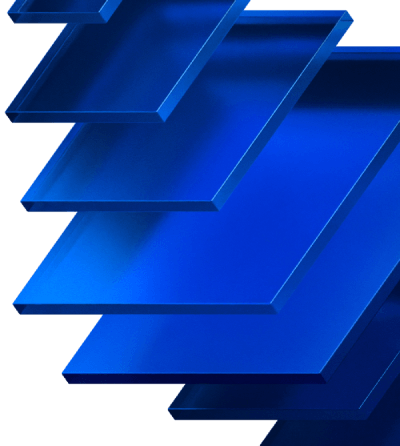
10 Best Corporate Website Designs
Here are our top picks of enterprises that did website designs right:
1. Adobe
Adobe’s homepage is bold, dynamic, and modular, reflecting the brand’s identity as a leader in creativity and design.
The hero section leads with a clear offer, next to a stylized “A” filled with layered digital art. It sets a creative tone without losing clarity.
Below that, the layout switches to colorful content blocks. Each one promotes a different product or tool, using minimal text and strong visual contrast.
Despite the amount of content, the page stays easy to scan.
Adobe speaks to a wide range of users, from solo creatives to large teams. It offers clear product summaries and tailored links. The footer is deep but organized, giving users quick access to everything from AI tools to enterprise plans.
Standout Elements:
🎨 Hero graphic with dimensional typography – A bold, artistic “A” wrapped in digital textures grabs attention right away.
📦 Color-coded content tiles – Each block uses its own color and icon, making it easy to tell products apart at a glance.
🤖 Dedicated AI module with UI preview – A clean section shows off the Acrobat AI Assistant with visuals and a strong CTA.
📰 News-style sidebar with scannable headlines – Quick news updates appear in a side column that doesn’t interrupt the main flow.
🧭 Footer segmented by audience – The footer groups links by user type (business, education, etc.) to simplify navigation.
2. IBM
IBM’s homepage is sharp, minimal, and enterprise-focused.
It uses lots of white space, simple typography, and smooth animations to create a sense of clarity and authority.
The hero section leads with a clear message: “Unleash the power of your data for AI.” Abstract icons float around the headline, hinting at IBM’s focus on data and automation.
Below the fold, the page introduces curated blocks of content—case studies, explainers, and industry news. Each section looks and feels different, using gradients, icons, and simple illustrations to guide users.
A grid-based layout keeps everything organized. Cool blues and grays create a professional feel, while interactive CTAs stand out in brighter blue. The footer is large but easy to scan, with grouped links for industries, careers, research, and partners.
Standout Elements:
🧠 Dual-focus hero message – The headline speaks to both technical and business audiences, covering AI and strategy in one line.
🧩 Geometric 3D visuals – A stylized IBM graphic adds depth and polish without cluttering the design.
📰 Scannable content modules – Horizontal rows of cards highlight reports, news, and insights for quick browsing.
🔀 Clear audience paths – Developers and business leaders each get tailored content, CTAs, and navigation.
🦾 Solutions dashboard – A tile-based section gives users a quick overview of IBM’s main offerings—AI, security, cloud, and more.
3. Salesforce
Salesforce’s homepage is clean and built to drive action.
The hero section features a simple headline—“Grow faster and work smarter”—paired with a product preview and a clear CTA.
As you scroll, the page walks you through product features, use cases, and learning resources.
Each section has its own style but fits into the larger flow. Animations, cards, and UI previews keep the content engaging without being overwhelming.
The design speaks to both new visitors and seasoned enterprise buyers. It’s easy to follow and focused on solutions. Brand logos from big-name clients add trust, while fun characters like Astro give the site a friendly tone.
Standout Elements:
🎥 Videos across the page – Short demos and customer stories appear in different sections, not just the hero.
🧭 Visual sitemap for solutions – A feature grid helps users explore categories like Sales, Marketing, and Service.
⚙️ Partner integration preview – Third-party logos (Slack, Zoom, Box) show how Salesforce fits into existing stacks.
🧑🏫 Training and events – Modules link to certifications, product training, and live events to support ongoing learning.
4. Deloitte
Deloitte’s homepage features a muted color scheme paired with a bold CTA to set a serious and authoritative tone from the start.
The layout is straightforward and content-driven. Users scroll through insights, trends, and research presented as clean, editorial-style cards. Each one includes a title, category, read time, and image, making it easy to skim and choose what to read.
The design avoids clutter. Wide margins, clear text hierarchy, and light motion help keep the focus on the content. Topics like AI, transformation, and innovation are front and center.
Standout Elements:
📚 Content cards with read times – Every article preview includes a short read-time estimate to help busy users navigate.
🧠 Abstract visuals for AI topics – Deloitte avoids generic stock photos, using bold artwork to convey innovation.
🧭 Persistent navigation – Buttons for Who We Are, What We Do, and Careers stay accessible throughout the page.
🔲 High-contrast footer – A black footer organizes company info, services, and contact links without feeling heavy.
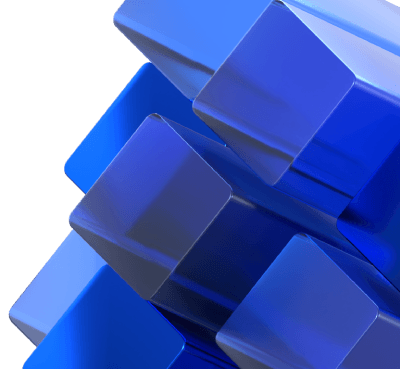
5. HubSpot
HubSpot’s homepage feels friendly and focused. The hero section uses a soft gradient and floating UI elements to preview the platform. A clear headline sits above CTAs for demos and trials.
Scrolling down, you see modular cards introducing HubSpot’s Breeze Agents, platform overview, and six core Hubs.
Each card uses simple illustrations and bullet-point benefits so you can grasp features at a glance.
The page stays spacious, with plenty of padding and large buttons for easy scanning on any device. Customer logos pop up throughout to build trust.
Standout Elements:
🤖 Dedicated AI assistant cards – Three cards introduce Breeze Agents (Customer, Prospecting, Content) with minimal text and clear labels.
🔧 Hub overview layout – Each of the six Hubs appears in its own card with bullet-point features and “Learn more” links.
📊 Data-driven impact – Real stats (like “114% traffic increase”) link directly to platform benefits.
🔗 Integration highlights – Partner icons show how HubSpot fits into your existing tech stack.
6. Accenture
Accenture’s homepage is bold and high-concept. It opens with the line “Together We Reinvented” in oversized white text on a black background.
A purple arrow cuts through the word “Rein>vented,” reinforcing the brand’s focus on change and innovation.
Below the hero, a grid of content cards highlights case studies, research, and insights.
Each one uses bold photography, abstract graphics, or neon overlays to create a sense of momentum and modernity.
Hover effects and smooth animations add energy without being distracting.
Further down, the page shifts to industry awards and rankings, followed by career content and company news. A dark theme and minimalist layout keep the attention on visuals and messaging.
Standout Elements:
🔷 “>” symbol as a design thread – The arrow in “Rein>vented” appears throughout the site, tying everything back to Accenture’s brand.
🧩 Abstract, tech-forward visuals – Cards use generative art and conceptual imagery instead of literal photos to reflect innovation.
🏅 Awards in bright color blocks – Vivid reds, blues, and purples highlight industry recognition on a dark background.
📰 Manual news carousel – Press updates sit in a scrollable module with arrows for easy control.
7. Cisco
Cisco’s homepage design uses a cool, muted color palette with gradient accents that draw attention without being loud.
Just below, a row of icons offers quick access to key areas like training, certifications, and support.
Product cards follow, featuring tools like AI Defense, Hypershield, and Nexus. Each card is simple: just a name, a short description, and a link to learn more.
Further down, Cisco highlights its main tech categories—Networking, Observability, Security—in a tidy grid.
The page wraps up with links to blogs, research, and event updates, all laid out in clean, skimmable sections.
Standout Elements:
🧭 Quick-access icon bar – A six-icon strip lets users jump straight to popular tools and resources.
🧱 Tech categories as clickable cards – Cisco groups topics like AI and Collaboration into rounded blocks for easy browsing.
📰 Modular content layout – Updates, blogs, and reports are neatly separated by type but consistent in style.
8. Oracle
Oracle’s homepage focuses on real customer success.
The hero section rotates through case studies from brands like Block, pairing each story with a photo and a CTA like “Read more about Block.”
Below, three more stories highlight companies like Unilever and Cooper’s Hawk. Each one includes a logo, a one-line summary, and a clean layout that’s easy to scan.
Midway down, the page splits into two sections—one for Cloud Applications, one for Cloud Infrastructure.
Each has its own style, making it easy to see how Oracle’s products are organized.
Toward the bottom, Oracle displays logos from major clients, followed by a deeper dive into Uber’s use case. The page ends with a footer linking to product info, support, and educational content.
Standout Elements:
🧠 Case-study-driven hero – Rotating banners focus on results, not slogans, using real brand stories to lead the page.
🧩 Split layout for product streams – A two-color design clearly separates Oracle’s main offerings—Applications vs. Infrastructure.
💬 Easy access to help – Live chat and contact options are visible without interrupting the user experience.
🏢 Enterprise trust through logos – Big-name clients appear early on in a minimal grayscale style to build credibility.

9. General Electric (GE)
GE’s homepage is minimal and focused on its recent transformation. The hero section uses a full-width image carousel showing GE’s impact in aviation, energy, and healthcare. The headline tells a story of legacy and change.
Just below, a three-column layout introduces GE’s new structure: GE Aerospace, GE Vernova, and GE HealthCare.
Each segment has its own branding, color, and brief description.
The design uses deep blues, clean white space, and subtle highlights. Navigation is light and focused, with links for investors, media, and FAQs.
Standout Elements:
🧩 New company spotlight – GE presents its three spin-offs with unique visuals and CTAs, clearly signaling the shift.
🔄 Industry-wide hero carousel – The rotating header covers GE’s presence across sectors without using too much text.
📁 No-nonsense navigation – Top links are aimed at high-priority users like investors and analysts.
📊 Footer built for disclosure – Categories like ESG, impact reports, and spinoff resources support GE’s focus on accountability.
🖥️ Built-in accessibility tools – A persistent tool on the left side ensures the site is usable for everyone.
10. Intel
Intel’s homepage includes a rotating banner that introduces different use cases without crowding the screen.
Further down, the page breaks out Intel’s main offerings, such as AI PCs with Core Ultra and data center solutions with Xeon.
Each section uses simple layouts, minimal photography, and short, benefit-led copy.
Near the bottom, Intel promotes its developer community through a section called DevZone. It links to tools, open-source projects, and resources organized by topic.
The color scheme sticks to black, white, and blue, creating a sleek and technical look.
Standout Elements:
🧠 Developer tools in one place – A grid layout organizes AI, Cloud, Edge, and HPC tools so developers can find what they need fast.
📦 Persistent DevZone invite – A call-to-action for developers appears throughout the page, encouraging engagement and sign-ups.
🖥️ Layered visual storytelling – Intel uses animations and split screens to explain complex topics in a clear, visual way.
Rethink Your Corporate Website as a Growth Tool
Expectations for your corporate website are high. The examples above show that great design goes beyond looks. It builds trust, simplifies complex products, and helps people take action.
If your site feels cluttered, slow, or off-message, it’s worth rethinking the experience. A good corporate website should be easy to update and built for conversions.
At Webstacks, we help B2B companies build websites that do exactly that, from first impression to final click.
If you’re ready to take the first step, get in touch with us.

